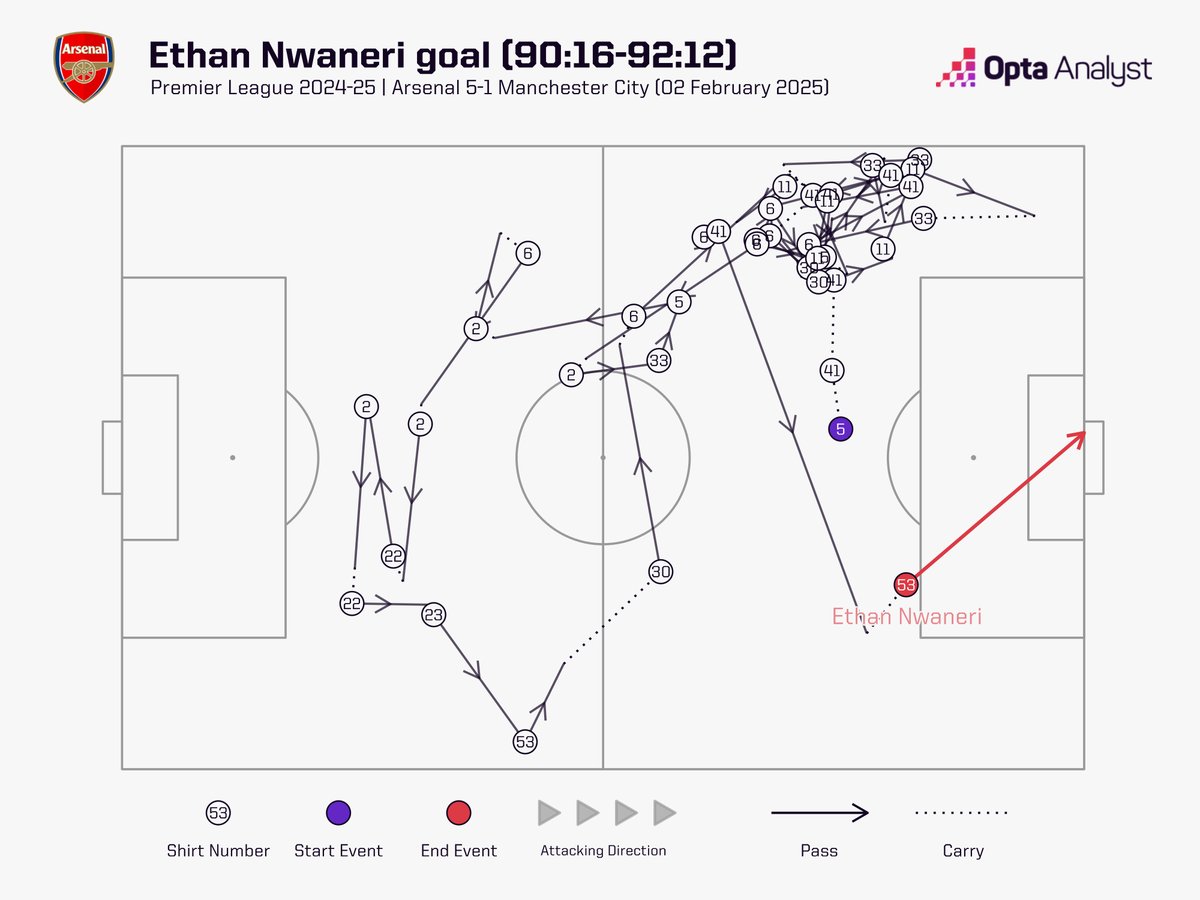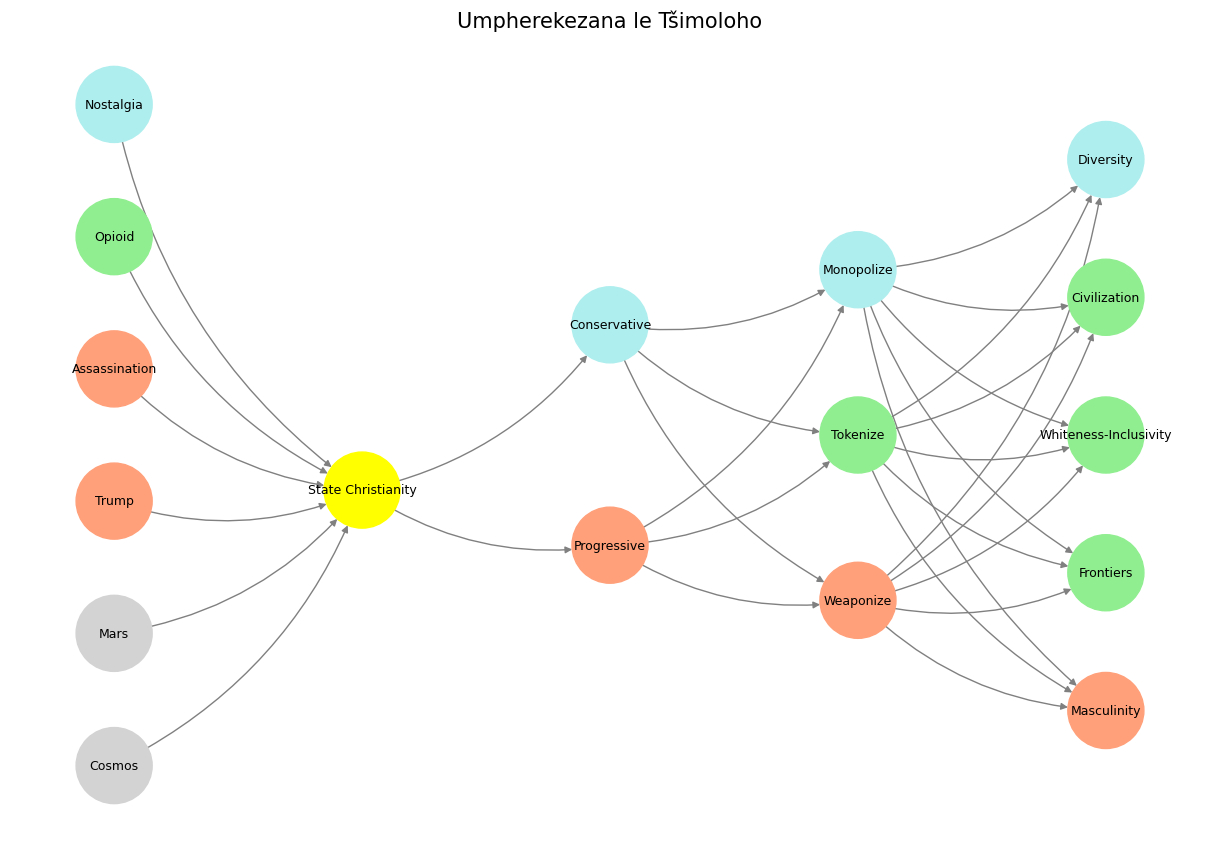Life ⚓️#
Mars has always been a frontier in the imagination, a planet symbolic of both war and possibility. It represents an adversarial equilibrium, the ultimate test of human resilience and ingenuity. As Musk pushes for colonization, Mars becomes a site of potential monopolization—who owns the future of space? What ideological baggage will humanity bring to its first extraterrestrial colony? The history of frontiers suggests that the same forces that shaped Earth—violence, conquest, exploitation—will follow. The red planet is not a blank slate; it is a mirror. Will it be tamed in the name of progress, or will it become the last refuge of those who refuse to be governed? The contradiction is sharp: the dream of boundless possibility meets the reality of power consolidating itself in predictable ways.
Donald Trump, in many ways, embodies the spirit of a frontier settler. Not in the literal sense, but in the way he wields power through chaos, refusing the neat constraints of institutional order. His rise was a reaction against an era of technocratic globalization, an assertion of raw will over polite consensus. He weaponized nostalgia, promising a return to something that never quite existed—a golden age where America was great, where masculinity was unchallenged, and where the frontier was still there to be claimed. His opponents attempted to tokenize his rhetoric, flattening him into a symbol of pure reactionary malevolence, but his appeal was always more visceral than ideological. He represented a rupture, a moment where history felt like it could be rewritten, even if the script turned out to be incoherent.

Fig. 4 Veni, Vidi, Vici. This is the ultimate fractal of organic “becoming” as contrasted with inorganic “being”, which is passive if at all it ever manifests a becoming. Veni: organic life arrives on the scene. Vidi: seeing and surveying its rightful inheritence (ukubona). Vici: to infinity and beyond#
Assassination, whether real or hypothetical, haunts power. The specter of violence has always been a tool of both revolution and reaction, a reminder that sovereignty is ultimately enforced by force. In the American imagination, the idea of assassination is tangled with the mythology of martyrdom and conspiracy—Lincoln, JFK, MLK, all becoming symbols of lost futures, their deaths marking inflection points where things could have gone another way. Today, in an era where politics is both hyper-mediated and viscerally raw, the possibility of violence lurks beneath every rally, every speech. The world is too connected for any event to be isolated, yet too fractured for any single narrative to hold.
The opioid crisis stands as a brutal indictment of modern civilization, a slow-moving massacre driven not by political ideology but by corporate calculation. The epidemic was not an accident; it was the direct result of monopolization, of profit incentives overriding human well-being. The pharmaceutical industry, cloaked in the legitimacy of science and medicine, weaponized suffering, turning pain into a commodity. The result was a landscape of devastation, entire communities hollowed out by addiction. If nostalgia fueled the rise of Trump, then opioids were the chemical counterpart, an escape from a world that no longer felt livable. It is not surprising that the crisis disproportionately affected rural and working-class white America—populations that had, for decades, been told they were the backbone of civilization, only to be discarded as soon as their labor became unnecessary.
Nostalgia itself is a form of soft power, a way of reordering the past to justify present structures. It is most potent when tied to religion, particularly to the idea of a State Christianity that once provided moral cohesion. In practice, state-backed Christianity has always been a tool of power, a way to sanctify hierarchy and discipline. But in a secularizing world, its role has shifted. For conservatives, it is a symbol of stability, a foundation against the perceived chaos of progressive change. For progressives, it is a relic, something to be deconstructed or reformed in the name of inclusivity. Yet the tension between these two forces—the conservative desire for rootedness and the progressive impulse toward reinvention—is what defines the arc of history.
The conservative-progressive divide is not just about policy; it is about time. Conservatives view time as cyclical, believing that civilizations rise and fall, that human nature is fixed, that progress is often an illusion. Progressives see time as linear, a path toward greater justice, toward the inevitable triumph of reason and equality. Both views have their myths, their blind spots. Conservatism, when unmoored from reality, collapses into reaction, fetishizing a past that never truly was. Progressivism, when untethered from pragmatism, spirals into utopianism, attempting to engineer a human nature that does not exist. The frontier itself is a conservative concept—an assertion of the need for struggle, for conquest—but progressivism thrives on the rhetoric of breaking barriers, of expanding the scope of inclusivity. The conflict between these worldviews is not merely political; it is civilizational.
Weaponization, tokenization, and monopolization are three forms of power, each reinforcing the other. To weaponize something is to turn it into a tool of conflict, whether through law, media, or brute force. To tokenize is to reduce complexity, to turn a person, an idea, or a movement into a symbol that can be controlled. To monopolize is to claim ownership, ensuring that no alternatives can emerge. These dynamics play out everywhere, from identity politics to corporate capitalism. A movement can begin as genuine and insurgent, only to be absorbed into the system, neutralized by tokenization, consolidated by monopolization. The cycle repeats, endlessly.
Masculinity, particularly as it relates to frontiers, has always been tied to whiteness and the mythology of civilization. The frontier was both a literal space—where European settlers expanded, displaced, and dominated—and a psychological space, where masculinity was defined through conquest, self-reliance, and risk. Today, the frontier is largely metaphorical, but the anxiety around masculinity persists. The push for inclusivity and diversity challenges the old narratives of who gets to define civilization. The conservative impulse is to reclaim the frontier, whether through literal space (Mars, the last true frontier) or through ideological space (defending tradition, hierarchy, and rootedness). The progressive impulse is to redefine the frontier, expanding it to include those who were previously excluded. The tension is unresolved, and perhaps unresolvable.
Civilization itself is always in flux, shaped by those who control the stories that define it. Diversity, when framed as a corporate slogan, becomes another form of tokenization, a way to signal progress while maintaining existing power structures. But diversity, when genuinely embraced, is disruptive—it challenges the historical monopolization of power, forcing a reconfiguration of hierarchies. The question is whether civilization can truly accommodate difference, or whether it will always retreat to the safety of familiar structures. The frontier may be gone, but the battle over what comes next is only beginning.
Show code cell source
import numpy as np
import matplotlib.pyplot as plt
import networkx as nx
# Define the neural network fractal
def define_layers():
return {
'World': ['Cosmos', 'Mars', "Trump", 'Assassination', 'Opioid', 'Nostalgia', ],
'Mode': ['State Christianity'],
'Agent': ['Progressive', 'Conservative'],
'Space': ['Weaponize', 'Tokenize', 'Monopolize'],
'Time': ["Masculinity", 'Frontiers', 'Whiteness-Inclusivity', 'Civilization', 'Diversity']
}
# Assign colors to nodes
def assign_colors():
color_map = {
'yellow': ['State Christianity'],
'paleturquoise': ['Nostalgia', 'Conservative', 'Monopolize', 'Diversity'],
'lightgreen': ['Opioid', 'Tokenize', 'Frontiers', 'Whiteness-Inclusivity', 'Civilization'],
'lightsalmon': [
"Trump", 'Assassination', 'Progressive',
'Weaponize', "Masculinity"
],
}
return {node: color for color, nodes in color_map.items() for node in nodes}
# Calculate positions for nodes
def calculate_positions(layer, x_offset):
y_positions = np.linspace(-len(layer) / 2, len(layer) / 2, len(layer))
return [(x_offset, y) for y in y_positions]
# Create and visualize the neural network graph
def visualize_nn():
layers = define_layers()
colors = assign_colors()
G = nx.DiGraph()
pos = {}
node_colors = []
# Add nodes and assign positions
for i, (layer_name, nodes) in enumerate(layers.items()):
positions = calculate_positions(nodes, x_offset=i * 2)
for node, position in zip(nodes, positions):
G.add_node(node, layer=layer_name)
pos[node] = position
node_colors.append(colors.get(node, 'lightgray'))
# Add edges (automated for consecutive layers)
layer_names = list(layers.keys())
for i in range(len(layer_names) - 1):
source_layer, target_layer = layer_names[i], layer_names[i + 1]
for source in layers[source_layer]:
for target in layers[target_layer]:
G.add_edge(source, target)
# Draw the graph
plt.figure(figsize=(12, 8))
nx.draw(
G, pos, with_labels=True, node_color=node_colors, edge_color='gray',
node_size=3000, font_size=9, connectionstyle="arc3,rad=0.2"
)
plt.title("Umpherekezana le Tšimoloho", fontsize=15)
plt.show()
# Run the visualization
visualize_nn()


Fig. 5 Let’s Align the Fractals. We have faith (veni), hope (vidi), charity (vici)/faith (veni), hope (vidi), charity (vici)#

